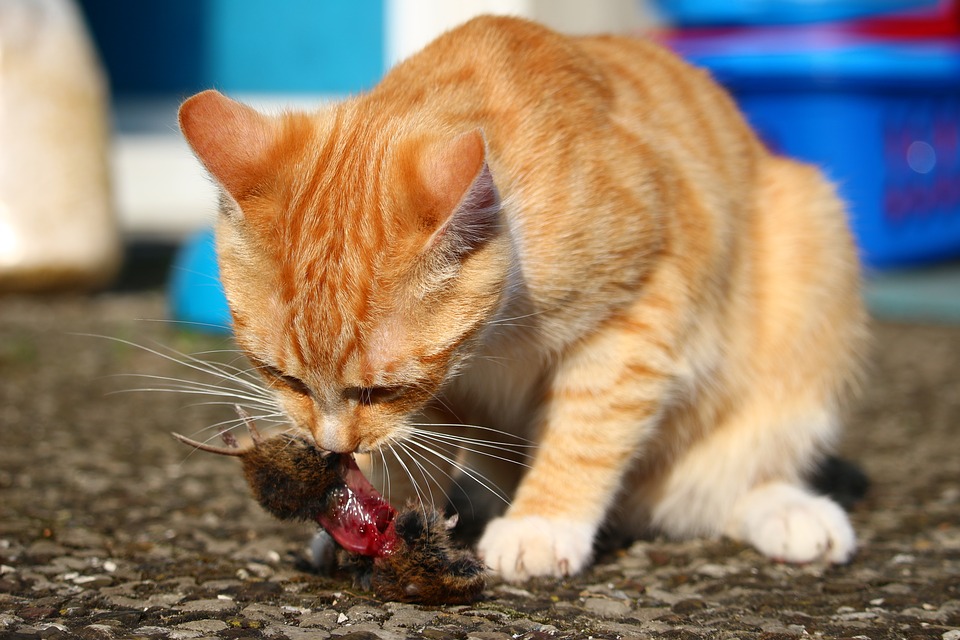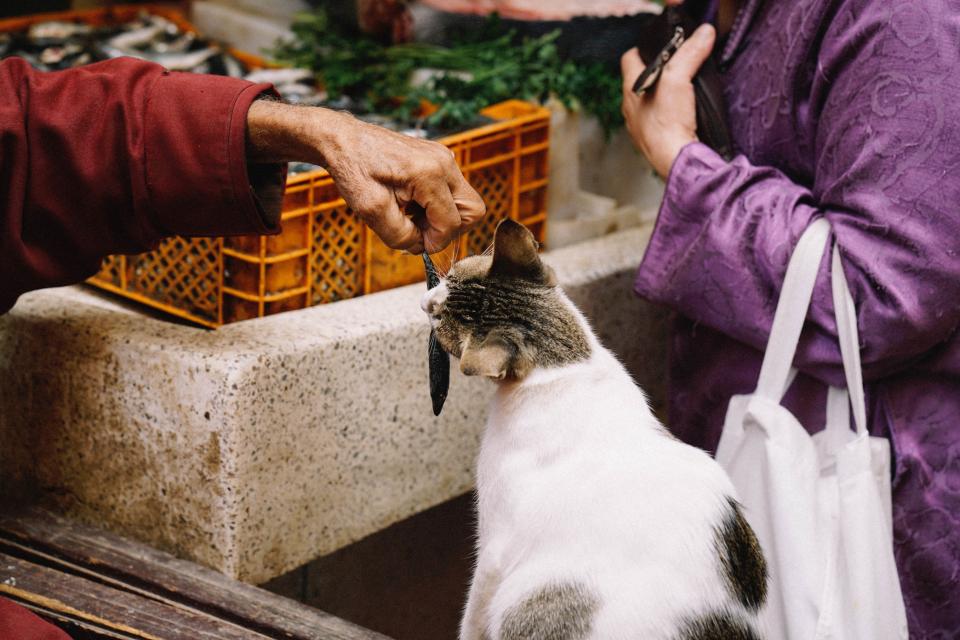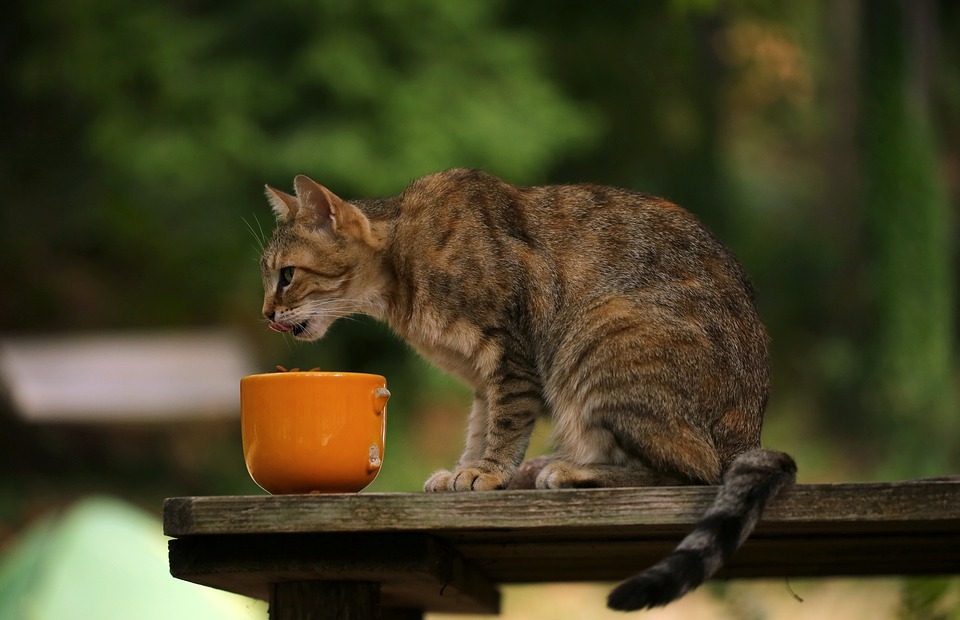This comprehensive guide will delve into the world of feline nutrition, exploring whether cats can safely enjoy rice and how to incorporate it into their diet. We will examine the nutritional benefits and potential risks, addressing common concerns and providing expert advice. From understanding the different types of rice to creating delicious and safe recipes, this article will empower you to make informed decisions about your cat's dietary needs.
Part 1: The Nutritional Value of Rice for Cats

1.1. Rice as a Source of Carbohydrates
Rice is a good source of carbohydrates, providing energy for your cat's daily activities. It's a complex carbohydrate, meaning it's digested slowly, providing a steady release of energy. This is beneficial for cats, especially those with a high energy level or those prone to weight fluctuations. Complex carbohydrates, unlike simple sugars, don't cause rapid spikes in blood sugar levels, contributing to a more stable energy supply.
1.2. Essential Vitamins and Minerals
Rice is a good source of several essential vitamins and minerals for cats, including:
- Thiamine (Vitamin B1): Important for nerve function and energy metabolism. Thiamine deficiency can lead to various neurological problems, including weakness, loss of coordination, and seizures.
- Niacin (Vitamin B3): Plays a vital role in energy production and cell function. Niacin deficiency can cause skin problems, diarrhoea, and lethargy.
- Iron: Essential for red blood cell production and oxygen transport. Iron deficiency can lead to anaemia, which causes fatigue and weakness.
- Magnesium: Involved in bone health, muscle function, and energy production. Magnesium deficiency can lead to muscle weakness, tremors, and even seizures.
1.3. Rice as a Source of Fibre
While not as high in fibre as other grains, rice can still provide a small amount of dietary fibre, which is beneficial for digestion and maintaining a healthy gut. Fibre helps regulate bowel movements, promotes healthy bacteria in the gut, and can even help prevent constipation.
1.4. Rice as a Low-Fat Option
Rice is naturally low in fat, making it a good choice for cats who are overweight or obese. Incorporating rice into their diet can help them maintain a healthy weight without sacrificing essential nutrients.
1.5. Rice as a Gluten-Free Option
Rice is a gluten-free grain, making it a suitable choice for cats with gluten sensitivities. Gluten is a protein found in wheat, barley, and rye, and some cats can experience digestive issues when consuming it.
Part 2: Can Cats Eat Rice Safely?

2.1. Plain Cooked Rice
Plain cooked rice, without any added seasonings or ingredients, is generally safe for cats to eat in moderation. It can be a good source of carbohydrates and some essential vitamins and minerals. However, it's crucial to ensure the rice is cooked thoroughly to eliminate any potential pathogens.
2.2. Avoiding Additives and Seasonings
It's crucial to avoid giving your cat rice that has been seasoned with salt, garlic, onions, or other spices. These ingredients can be toxic to cats and can cause serious health problems. Salt can lead to dehydration, while garlic and onions can damage red blood cells, leading to anaemia.
2.3. The Risks of Raw Rice
Raw rice can pose a risk to cats. It contains anti-nutrients that can interfere with nutrient absorption. Additionally, raw rice can contain bacteria that can cause food poisoning.
Part 3: The Different Types of Rice for Cats

3.1. White Rice
White rice is the most common type of rice found in supermarkets. It's generally safe for cats to eat, but it's lower in fibre than brown rice. White rice is typically processed to remove the bran and germ, which contain most of the fibre and nutrients.
3.2. Brown Rice
Brown rice is a whole grain that contains more fibre, vitamins, and minerals than white rice. It's a healthier option for cats, but it may be more difficult for some cats to digest due to its higher fibre content. It is important to introduce brown rice gradually to avoid digestive upset.
3.3. Wild Rice
Wild rice is a type of grass that's actually not a rice grain. It's high in fibre and protein, but it can be challenging for cats to digest. Wild rice is typically more expensive and may be difficult to find in supermarkets.
3.4. Rice Noodles
Rice noodles can be a fun treat for your cat, but they should be given in moderation and should be free of added flavourings or sauces. Look for rice noodles made from only rice flour and water.
Part 4: Incorporating Rice into Your Cat's Diet
4.1. Rice as a Treat
Rice can be a healthy treat for your cat, but it should be given in moderation. A small amount of cooked rice can be added to their regular food or offered as a standalone treat. It's important to remember that rice shouldn't replace their main meals.
4.2. Rice as a Supplement for Weight Management
For cats who are overweight or obese, rice can be a helpful supplement to their diet. It's low in fat and calories, making it a good way to add bulk to their food without adding extra calories. However, it's essential to consult with your veterinarian about the appropriate amount of rice for your cat's weight loss goals.
4.3. Rice as a Source of Fibre for Digestive Issues
For cats with digestive issues, rice can be a good source of fibre, helping to regulate their bowel movements. However, it's crucial to note that not all cats respond well to rice, and it's essential to introduce it gradually to avoid digestive upset.
4.4. Rice as a Substitute for Commercial Food
Rice shouldn't be used as a primary food source for cats. It lacks the essential nutrients that commercial cat food provides, such as animal protein, taurine, and other vital vitamins and minerals.
Part 5: Recipes for Cats with Rice
5.1. Simple Chicken and Rice
- Ingredients:
- 1 cup cooked chicken, shredded
- 1/2 cup cooked rice
- 1/4 cup water
- Instructions:
- Combine all ingredients in a bowl.
- Mix well and serve warm.
5.2. Tuna and Rice
- Ingredients:
- 1 can tuna in water, drained
- 1/2 cup cooked rice
- 1 tablespoon chopped parsley
- Instructions:
- Combine all ingredients in a bowl.
- Mix well and serve chilled.
5.3. Salmon and Rice
- Ingredients:
- 1/2 cup cooked salmon, flaked
- 1/4 cup cooked rice
- 1 tablespoon chopped carrots
- Instructions:
- Combine all ingredients in a bowl.
- Mix well and serve warm.
5.4. Pumpkin and Rice
- Ingredients:
- 1/2 cup cooked pumpkin, pureed
- 1/4 cup cooked rice
- 1 tablespoon chopped spinach
- Instructions:
- Combine all ingredients in a bowl.
- Mix well and serve warm.
Part 6: FAQs
6.1. Is Rice Good for Kitten Growth?
While rice can be a safe and nutritious addition to a kitten's diet, it's essential to consult with a veterinarian to determine the appropriate amount and frequency. Kittens have different nutritional needs than adult cats, and a balanced diet formulated specifically for their growth and development is crucial.
6.2. Can Rice Cause Allergies in Cats?
While rice allergies are not as common as other food allergies in cats, it is possible. If you notice any signs of an allergic reaction, such as itching, vomiting, or diarrhoea, stop feeding rice to your cat immediately and consult with your veterinarian.
6.3. What About Brown Rice for Cats with Diabetes?
Brown rice is a good source of fibre and can help regulate blood sugar levels. However, it's essential to consult with a veterinarian before making significant dietary changes for cats with diabetes. They can help determine the best diet plan to manage your cat's blood sugar effectively.
6.4. Can I Give My Cat Rice Every Day?
It's generally not recommended to give your cat rice every day. While it can be a safe and healthy treat, it shouldn't be a staple food in their diet. Cats require a balanced diet of meat-based protein, fats, and essential nutrients, which are best provided through commercially formulated cat food.
6.5. Should I Cook Rice for My Cat?
Yes, it's important to cook rice for your cat before feeding it to them. Raw rice can be difficult for cats to digest and can contain harmful bacteria. Cooking rice makes it easier to digest and eliminates potential health risks.
6.6. How Much Rice Should I Give My Cat?
The amount of rice you can give your cat will depend on their individual needs and dietary requirements. It's always best to consult with your veterinarian to determine the appropriate amount for your cat. However, a general guideline is to offer rice as a treat, representing about 5-10% of their daily calorie intake.
Everyone is watching
-

Are Cat Ribs Flexible? Understanding Their Anatomy
CATS & KITTENSThis article delves into the fascinating world of feline anatomy, exploring the flexibility of cat ribs and ho...
-

Can Cats Eat Bananas? (Everything You Need to Know)
CATS & KITTENSThis article dives into the intriguing question of whether cats can safely enjoy the sweet, yellow fruit, bana...
-

Cat Lifespan: How Long Do Cats Live?
CATS & KITTENSThis comprehensive guide explores the factors influencing the lifespan of our feline companions, providing ins...
-

Can Cats Get COVID-19? What You Need to Know
CATS & KITTENSThis article will delve into the fascinating world of feline COVID-19 susceptibility. We'll explore whether ca...
-

Can Cats Eat Eggs? A Complete Guide to Egg Safety for Your Feline Friend
CATS & KITTENSWhen it comes to treating our furry companions, we all want to ensure we're doing what's best for them. Eggs...
